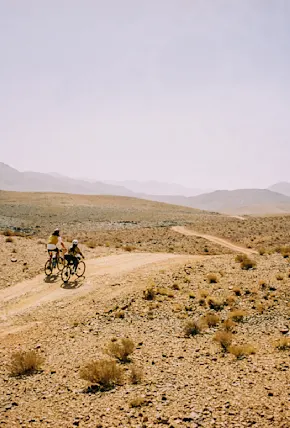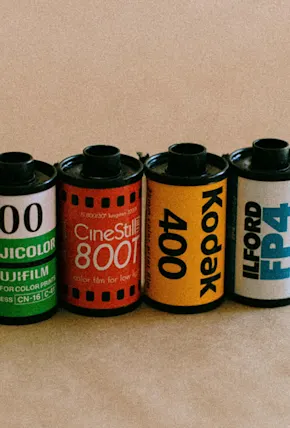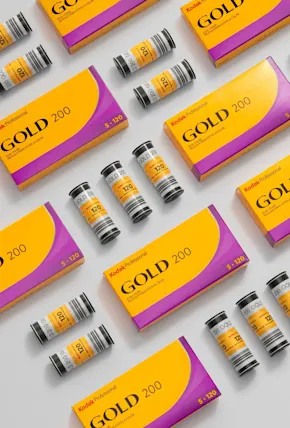How to Keep Your Camera Batteries Alive in the Cold
Rapidly losing battery life is one of the most common problems photographers face in cold weather. When you shoot in the cold, the battery life deteriorates much faster than in temperate weather (most batteries perform best at around 20 Celsius or 68 Fahrenheit). This is because the chemical reactions inside a camera battery slow down in colder temperatures, meaning that they drain faster, sometimes leaving you shit out of luck when that perfect moment occurs.
I’m not a seasoned East Coaster who thrives outside when it's -40, so there's nothing worse than braving the bitter cold only to find my batteries refusing to cooperate. Because of the inherently shorter life of batteries in the cold, I always keep at least one spare battery in my inner pocket or close to my body (in my sports bra or sock for example!). The closer to the body, the warmer my batteries stay and the best chance I have at getting my shot.
Depending on your camera, you might not encounter the cold battery problem. Recently, the battery in my Olympus Mju II died for the first time, but after a quick ten-minute warm-up under my armpit, it was back in the game. My Nikon FM2’s battery hasn’t failed me yet, even after full days of walking in -20 Celsius (-4 Fahrenheit). A Leica M4 on the otherhand, is purely mechanical, meaning no battery to die in the first place.
As for Burk, who often packs spare hand warmers specifically for keeping his camera warm, he's had better luck lately. "My Yashica T4 and Canon AE-1 are both pretty burly cameras and I haven't had any issues pertaining to cold weather thus far," he says, "knock on wood."
Dealing with Condensation
If you're shooting outdoors in the cold and going in and out of warm spaces like ski lodges, yurts, or cabins, you'll probably notice your camera fogging up with condensation upon arriving inside. "I’m very mindful of condensation when bringing cameras in and out of extreme contrasting temperatures," says Burk. "Don’t bring your frozen camera into a hot room, slowly introduce it to the warmth by keeping it in your bag or in an entryway that isn’t fully heated."
How to Meter for Snow, Correctly
I have found that most built-in light meters meter snow as gray, as opposed to white. So if you were to stick your camera on auto in anything other than bright, sunny conditions, you may find that your photos come out a bit dark and muddy. If I’m shooting on an overcast day, or during active snowfall where there is already a gray presence, I manually overexpose by at least one stop. I don’t have to do this on true bluebird days, but I will occasionally have to bring the highlights up in Lightroom in photos from my Mju II, since I can’t change my exposure settings on that camera. However, one of my main draws to film photography is the lack of editing required, so I find it easiest to let the developing lab know that I want my highlights bright and my snow white.
“I tend to meter somewhere in between the highlights and low light areas," adds Burk. "If I’m really unsure of how to properly meter a scene and I have my digital camera with me I’ll take some shots on that and then transfer the settings over to my film camera. Film is not cheap so you want to make sure that you’re getting the most out of each roll!”



















